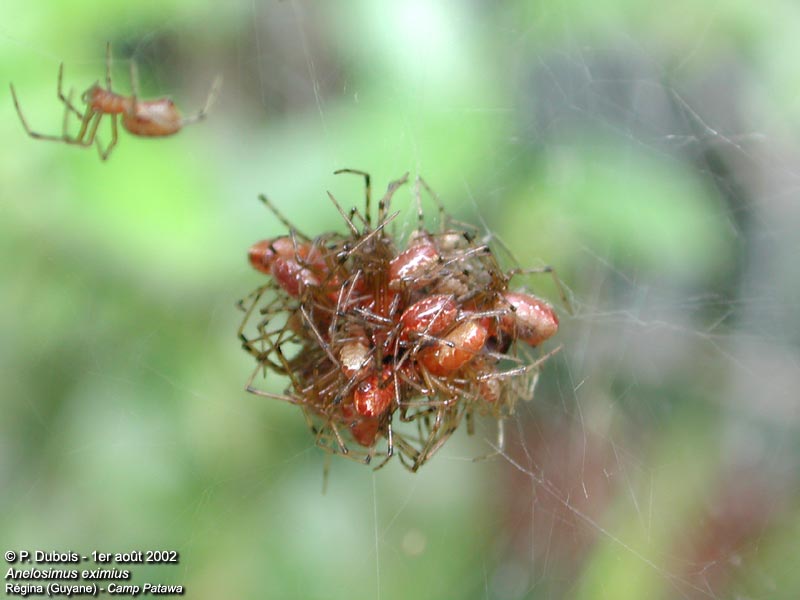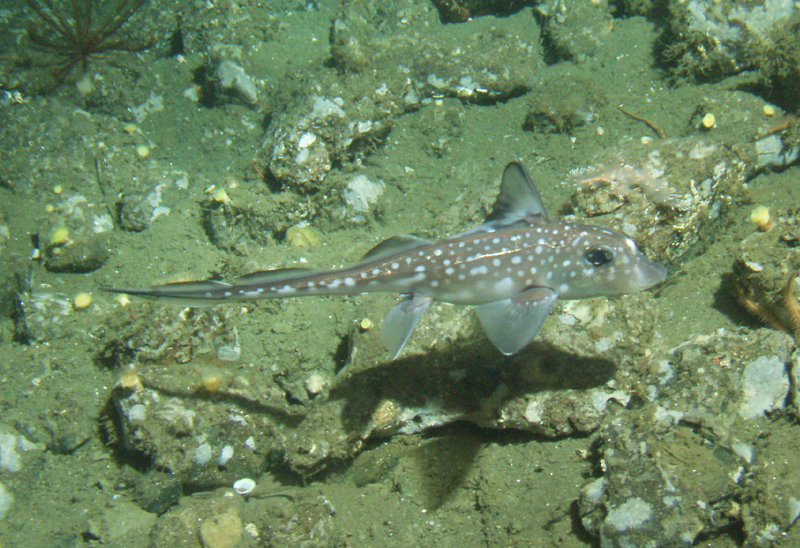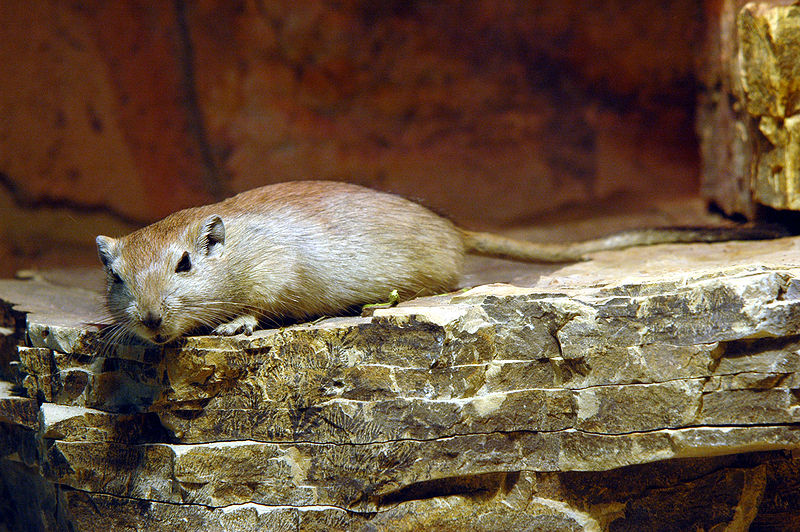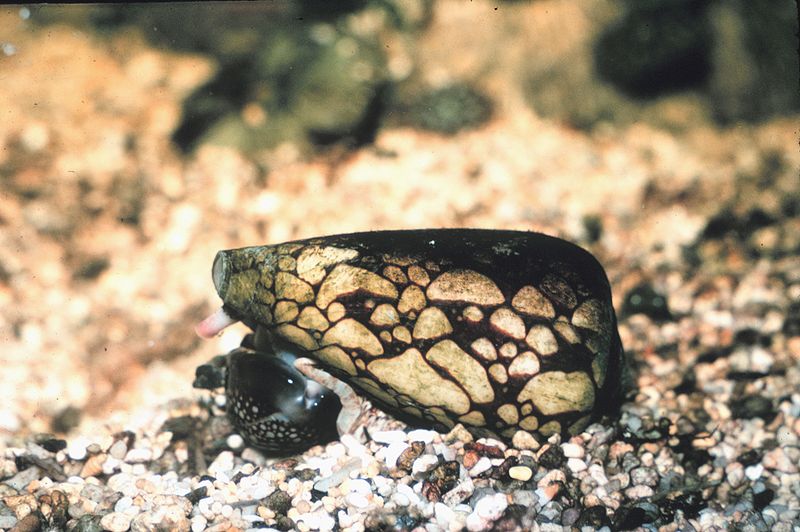Cool Things You Need To Know
- The Anelosimus eximius may be one of the most social spiders on the planet – this isn’t something you want to hear if you hate spiders
- What is worse than a social spider? How about raining spiders…yes, these spiders have been in the news lately as they are literally falling out of the sky
- These small spiders are predatory and generally take down much larger prey, including beetles, cockroaches and grasshoppers
One Big, Happy Family
As mentioned, the Anelosimus eximius may be the most social spider in the world. Why do I say that? Well for starters, most spiders are typically, angry, aggressive and solitary creatures, whereas this particular species has been known to form communities as in the tens of thousands. Yes, you read that right, literally thousands of spiders! Personally, I think I like the angry, solitary spiders way, way better but maybe that is just me. These large social groups are composed of several generations and all live in the same communal nest, which is obviously incredibly large. As you can imagine 1000’s of spiders tends to put a lot of weight and pressure on the silk-wooven web, which means repairs often need to be completed. Sometimes, the entire web will come crashing down under the weight of its inhabitants.
Spider Rain
When the nest of this gigantic spider colony comes crashing down, either by the sheer weight it was trying to hold or by a strong, hurricane-like wind (which was the culprit in Brazil), it results in a creepy and crazy phenomenon known as Spider Rain. Yes, it is actually possible for thousands of spiders to fall from the sky like large, creepy, raindrops. Just imagine coming out of your house, looking up and seeing THOUSANDS of spiders slowly floating down to earth (they use their webs as little parachutes). In order to help you picture this, I am going to show you a video that was recently shot in Brazil – it is an awesome clip but I am definitely happy I wasn’t there that day.
It is important to note that some entomologists (also known as insect biologists) believe this to be a different type of spider but until it is proven, I am sticking with the assumption that they are actually the Anelosimus eximius.







